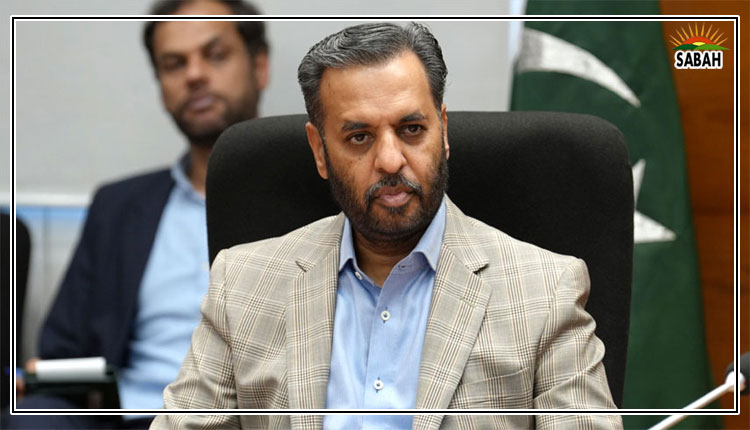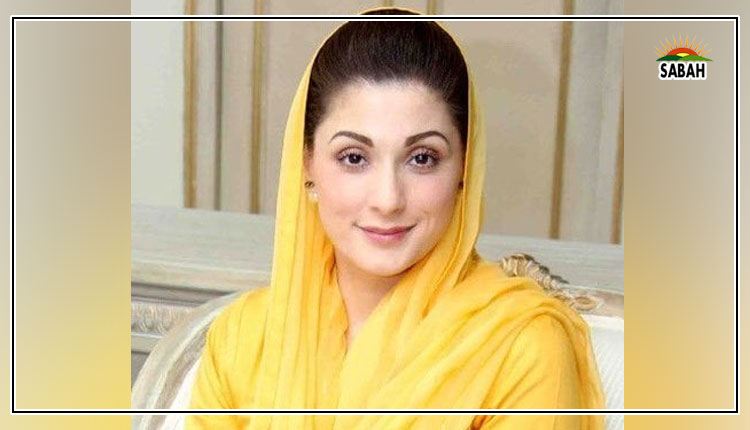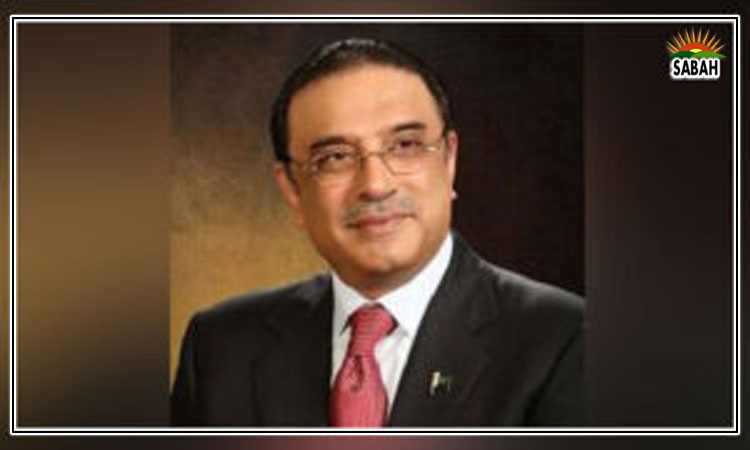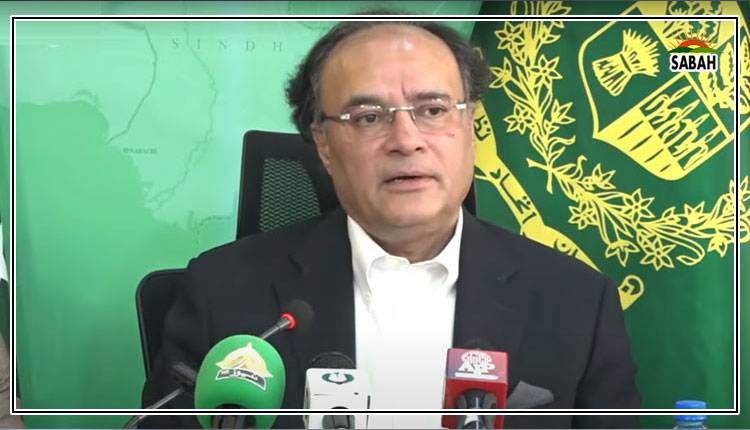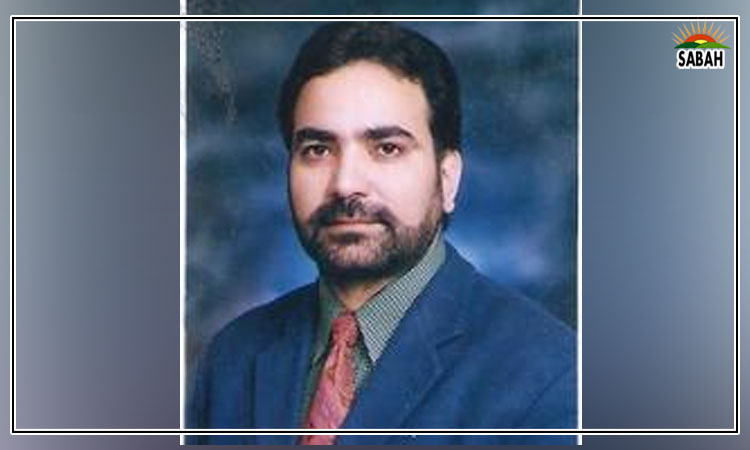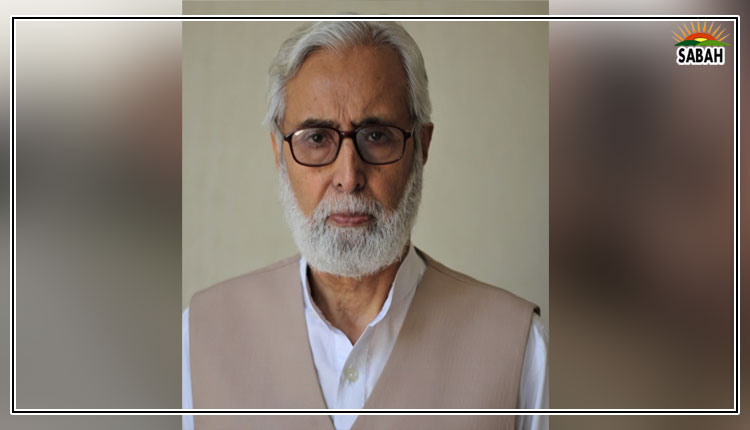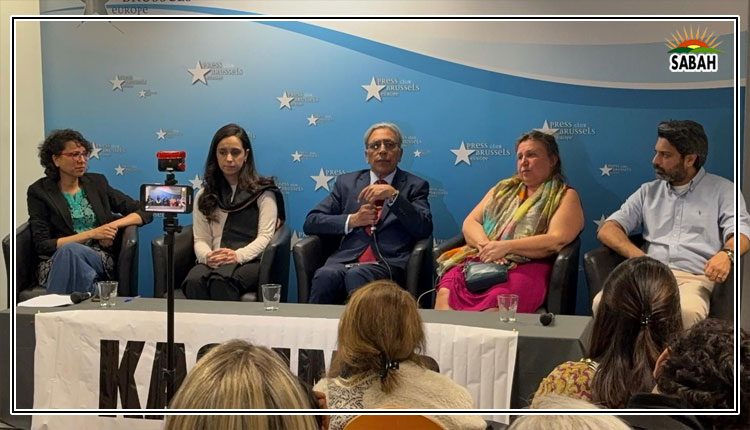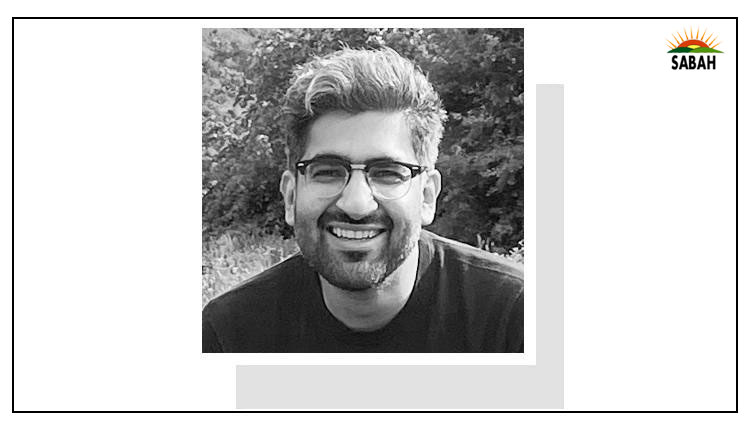Four hundred seats?…Umair Javed
ANALYSES of the ongoing Indian election mostly focus on the scale of the BJPs expected victory rather than the identity of the winner. The ruling party is similarly confident of its return to power, with a campaign target set at 400-plus seats in a 543-seat Lok Sabha. Anything close to this number would give it the largest majority of any Indian government since Congress in 1984, in the aftermath of Indiras assassination.
That the Modi-led BJP has managed to carve out and then extend its single-party dominance is one of the most important trends of electoral politics anywhere in the world. After the rise of lower-caste and regional parties, political analysis of India from the late 1990s and early 2000s repeatedly talked about the permanence of fractured mandates and coalition politics.
The BJPs rise in the last decade or so invalidates many of these predictions. Its dominance of national politics has deepened during this time. The Hindi heartland of Gujarat, Rajasthan, Madhya, and Uttar Pradesh is practically a one-party region. There is no clear nationwide alternative, and opposition parties succeed mostly in state assembly elections in the southern states.
Explanations for the BJPs rise and the reconfiguration of Indian politics offer both cultural and economic factors. Its strategy of tactical polarisation in key constituencies, through communal rhetoric and violence, helps consolidate upper-, middle-, and lower-caste Hindu voters behind one party, whereas previously, these groups may have voted for different candidates.
Explanations for BJPs rise and the reconfiguration of Indian politics offer both cultural and economic factors.
The same strategy is at play once more, as witnessed in Modis recent scaremongering speech about how the opposition, if voted into government, planned to use an inheritance tax to appropriate Hindu property and distribute them among Muslims.
Earlier work by sociologist Manali Desai also points out how the BJP in Gujarat used the memory of violence of the early 2000s, which was of its own making, to project itself as a protector of Hindus against the threat of Muslim resurgence. Regardless of the fact that Muslim populations remain ghettoised and entirely disempowered, this rhetoric has both shaped and taken advantage of general material and personal insecurities, especially among middle- and lower-caste Hindus.
In more recent times, the BJP has also made inroads in places that were seen to be immune from divisive polarisation, such as Kerala. While it is still some way from winning an election there, the BJPs popularity among Dalit voters has grown considerably. The fact that a party dominated by upper-caste Hindus is getting votes from lower-caste groups deserves more explanation. Incisive analysis by Samantha Agarwal on this issue points to the tactical use of caste-centric rhetoric that portrays the BJP as a defender of lower-caste interests in a region where secularist and leftist parties have failed to improve their material conditions.
The tactical flexibility of using upper-caste imagery and religious scaremongering in Hindi-belt states and lower-caste appeals outside of it show the BJPs adeptness at using cultural factors for its advantage. But part of its success also rests on economic factors. Here, higher headline rates of GDP growth, and a state-curated perception of the country doing well globally, are also key in shaping the pre-election environment.
Political popularity attributed to GDP growth deserves further scrutiny. It is well documented that inequality has increased in India over the last few decades. As per The World Inequality Report, the top one per cent of the population now holds about 33pc of national wealth while the bottom half of the population holds about 6pc; in 1991, these shares were 16pc and 9pc respectively.
If high rates of growth are mostly advantageous to a small set of the population, why then does the rest of the electorate vote for the ruling party on its basis? One persuasive answer is that high rates of growth, and visible prosperity for some, creates greater desire and aspiration among middle-class segments. There is a prevailing sentiment, managed and curated by the BJP, that if these select few can succeed, the economy will eventually work for us as well. In other words, trickle-down economics has been turned into a dominant idea in India.
At the same time, lower-income groups have been won over through targeted distribution of welfare schemes. The welfare provision work carried out by its Hindu fundamentalist affiliates, notably the RSS, reaps electoral dividends for the BJP. This is well documented by authors such as Tariq Thachil in his book Elite Parties, Poor Voters.
In more recent years, the BJP has also laid claim to reducing poverty by a significant degree. Disagreements between economists on this issue, dubbed the Great Indian Poverty Debate, previously contested the extent and reasoning behind this decline, though there is now increasing consensus that poverty reduction has taken place.
In a recent piece on the same topic, economists Maitreesh Ghatak and Rishabh Kumar agree that there has been an uptick in household-level consumption among the poorest segment of the population, which can at least partially be explained by the expansion of public welfare programmes following Covid-19.
To this end, they provide the example of the prime ministers food support plan (PMGKAY), which built on the pre-existing National Food Security Act to provide rice and pulses to 800 million people at zero cost. The increase in the Government of Indias food subsidy bill between 2019-20 and 2020-21 was nearly fivefold and the net amount of the subsidy remained structurally higher every year since 2020.
This mix of divisive cultural politics and growth-oriented economics that feeds Hindu middle-class ambition and provides targeted welfare are key ingredients in the BJPs political trajectory. Unless a major upset happens, this agenda looks set to deliver an expanded majority for the party. And in the process, India is likely to take one more step towards a one-party form of government.
Courtesy Dawn


